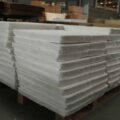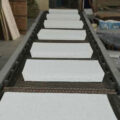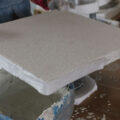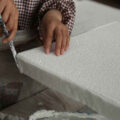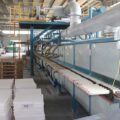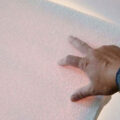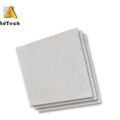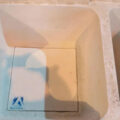Ceramic foam filter uses is important for molten aluminum filtering. In addition to the actual production requirements of aluminum product quality, we should also consider the flow rate of aluminum in the washing tank, the total amount of filtration, the cleanliness of aluminum itself and the production cost. Choosing high specification foam ceramic filter board will increase production cost and reduce production efficiency.
Usually, the parameter describing the foam specification is PPI (the number of holes per inch), which is the number of holes per inch. In fact, PPI can not really reflect the size of foam holes. It is suggested that CPI (number of cells per inch) should be used instead. But people still use PPI according to their habits. The number of AdTech ceramic foam filters is 20, 30, 40, 50, 60 and 80 PPI.
(1) Prepare the CFF filter box. CFF filter box shall be thoroughly cleaned before use to prevent refractory residues left during previous use from falling into molten aluminum; the size of filter plate and filter box shall be matched, and the matching gap and deflection angle between them shall be as small as possible.
(2) After cleaning the CFF filter box, apply a layer of fire-resistant coating on the inner surface of the filter box, and then gently lay the filter flat.
(3) Proper preheating is an important part of the ceramic foam filter uses. Improper preheating methods usually lead to the following problems: cracks appear during preheating.
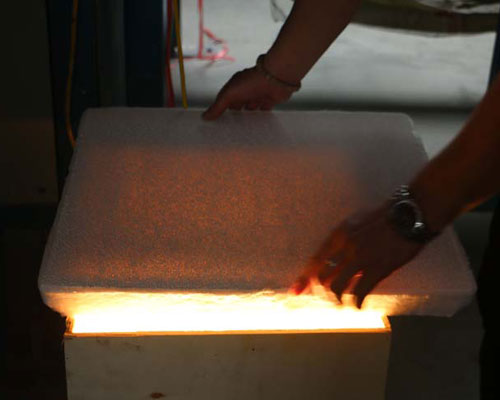
Ceramic foam filter adopts a three-dimensional network structure and an organic foam with connected pores as a carrier, and invades it into the thixotropic alumina material slurry. The full-automatic extrusion process of square correction center distance is adopted to make the slurry evenly spread on the foam skeleton of the carrier. It is baked at a high temperature of 1180℃ after drying and curing. It is installed in the CFF filter box for filtering impurities in aluminum alloy liquid.
At present, ceramic filter plate technology can not remove 100% inclusions in liquid aluminum. Of course, it’s not really necessary. If all the inclusions in liquid aluminum are filtered out, the effective nucleation will be reduced during solidification, which will affect the solidification time and the structure after solidification.



